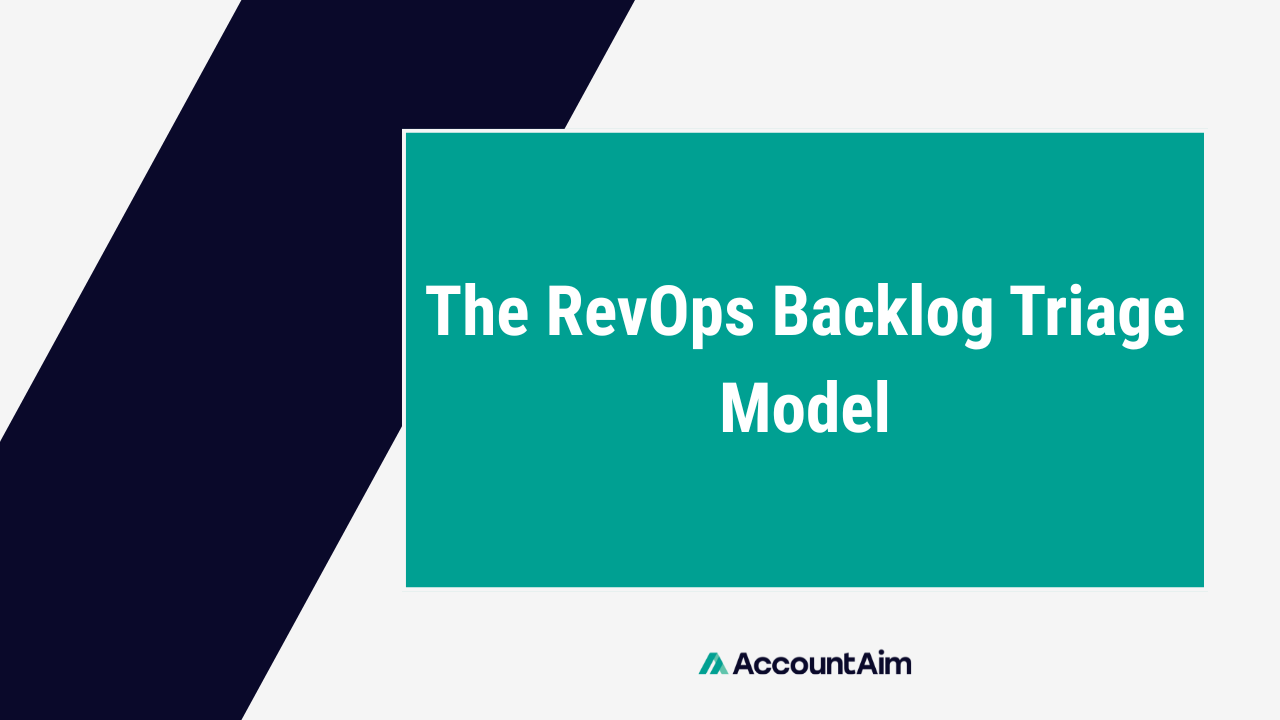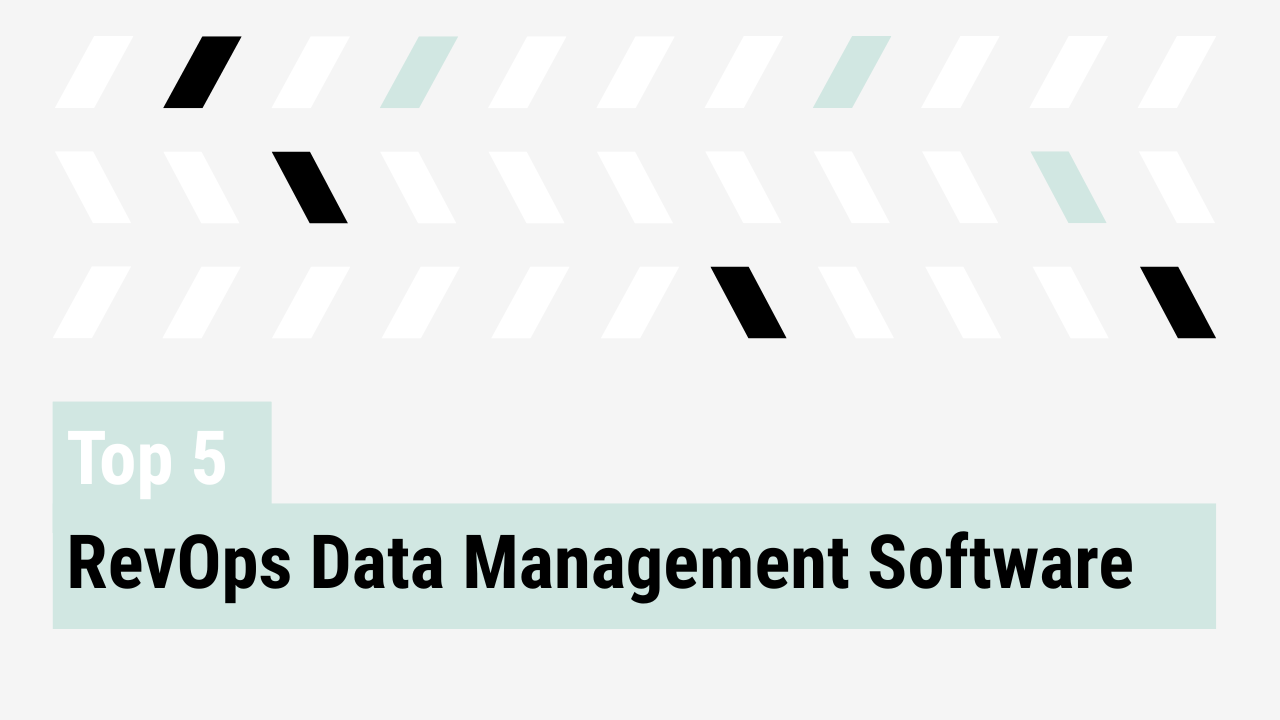How to organize and communicate your backlog to defend strategic focus
Every RevOps leader faces the same challenge: a flood of “quick asks,” disconnected priorities, and pressure to deliver outcomes without losing speed. When the work lacks structure, the role becomes reactive and misunderstood.
A structured RevOps backlog triage provides visibility into how work is prioritized and executed.
Backlogs serve strategy through clarity
A backlog is more than a tracking tool. It is a direct signal of what the business values. A well-managed backlog shows what is in scope, what is not, and how RevOps contributes to company-wide initiatives such as revenue acceleration, market expansion, or customer retention.
A structured backlog makes it easier to say “yes” to the right work and “not now” to low-impact distractions. It also protects bandwidth by reducing one-off work requests and creating a shared understanding of priorities.
When your backlog directly reflects executive priorities, RevOps gains credibility and earns a seat at the table in strategic planning.
Prioritize with RICE: reach, impact, confidence, effort
The RICE framework is a practical method for translating subjective requests into a clear, comparative model. Each item in the backlog is scored based on:
- Reach – the number of users, accounts, or stakeholders affected
- Impact – the expected business outcome (for example, revenue lift or process time saved)
- Confidence – the level of certainty in the data or assumptions
- Effort – the resources required to execute (time, people, tools)
For example, implementing a new lead routing logic that affects 75 percent of inbound leads might score higher than customizing a dashboard for one sales manager. Using RICE ensures consistency in how work is prioritized, supports defensible trade-offs, and depersonalizes decision-making.
Stakeholders gain clarity on how priorities are set. This reduces tension and builds trust.
Build a backlog intake model and use it consistently
Backlog integrity depends on having a reliable intake process. An effective model includes:
- A central location to submit requests (for example, a form or ticketing system)
- Required fields to capture scope, business impact, and urgency
- A tagging and timestamping system for tracking and filtering
This model eliminates the risk of ad hoc Slack messages becoming invisible to the broader team. It also reduces duplicated work and allows RevOps to group similar asks into themes or initiatives.
Requests that are not prioritized still receive acknowledgement and tracking. This creates a perception of fairness and transparency.
Run your backlog with process discipline
To make the backlog a strategic asset, run it with the same cadence and communication as a product roadmap:
- Hold monthly or quarterly review sessions with stakeholders
- Align backlog themes with company OKRs
- Categorize work by business outcomes, such as speed-to-lead, forecasting accuracy, or CX enablement
Use reporting to show:
- What was completed and the result
- What is currently in motion
- What was deferred or removed, with rationale
This ongoing communication supports better decision-making and encourages cross-functional alignment. It also positions RevOps as a structured, reliable function that others can count on.
Prioritization reflects operational maturity
A structured, consistent backlog signals that RevOps is focused on business value. It improves stakeholder relationships, elevates the quality of execution, and builds institutional memory for what was done and why.
When leadership sees that RevOps is prioritizing based on outcomes, not politics or volume, it builds trust, drives collaboration, and creates space for RevOps to influence strategy.
RevOps Backlog Triage and AccountAim
Platforms like AccountAim can help reinforce this maturity by giving teams the tools to consolidate requests, score them using customizable prioritization models, and present the backlog in executive-ready views. With features like scenario planning, forecast tracking, and backlog snapshots, RevOps teams can shift from reactive execution to proactive, transparent planning. This supports both strategic visibility and tactical execution.



